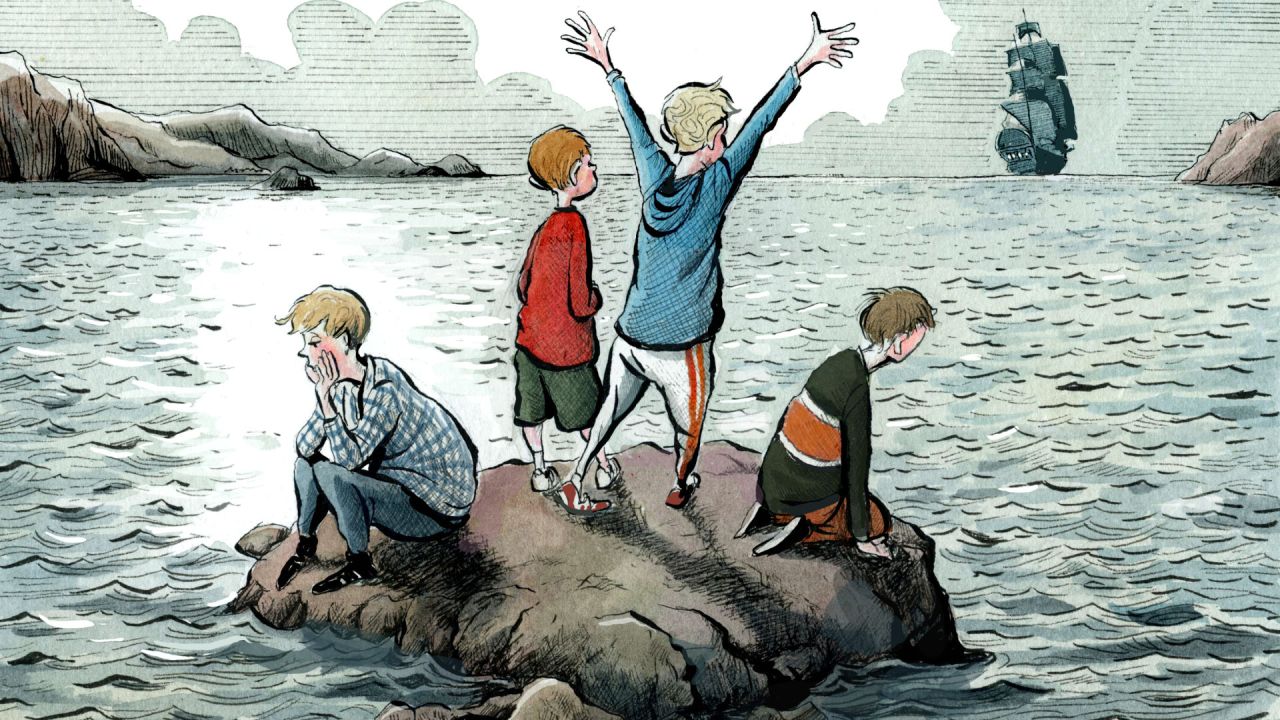In her first speech as Chancellor, Rachel Reeves made much of being the first woman to hold that position. ‘To every young woman and girl,’ she said, ‘let today show that there should be no ceilings on your ambitions.’ Britain has already had three female prime ministers, two female foreign secretaries and six female home secretaries – so what makes Reeves think that girls and young women have low ambitions? This week’s A-level results and accompanying university offers will show that it’s the boys she should be more worried about.
For every 100 girls who secure a university place this week, about 75 boys will do the same
For every 100 girls who secure a university place this week, about 75 boys will do the same. Why should that be? Look at the most prestigious courses and the gender gap deepens. On law and medical courses, for every 100 girls who are enrolled, just 57 boys are. In subjects such as maths there is a heavy bias towards boys (173 for every 100 girls) but in vocational degrees that lead into high-paid professions, women are dominant and more likely to graduate with a first-class degree. The dropout rate for male students is also higher.
The news headlines will declare that a slightly greater share of the boys who do sit A-levels attain As or A*s. But what no one seems to talk about is why so many more boys opt out of taking such exams at all. Typically, about 85,000 more A-levels are taken by girls than by boys. As a result the higher-
education entry rate is now around 43 per cent for girls vs 32 per cent for boys.
When Mary Curnock Cook ran UCAS, the university admission service, she raised this matter. One factor, she said, could be a potential lack of male role models in a country where 13-year-olds are significantly more likely to own a smartphone than to have their father still living at home. Many children may go to primary schools where the only man they see is the PE teacher. We assume that girls and young women need female role models, Curnock Cook pointed out, to persuade them to pursue STEM subjects. Why don’t we realise that male role models for boys are just as important?
Surveys show that a large number of parents worry that boys in school are made to feel ashamed of being male, and that children are being taught that young men are a problem in society. The phrase ‘toxic masculinity’ is quickly becoming a new kind of prejudice, a lazy stereotype that is perpetuated in classrooms instead of being denounced as discriminatory. But this will never be recognised while governments cling to the old myths. Why, for example, is there a minister of state ‘for women and equalities’ rather than just for equalities?
A great deal of political attention is lavished on gender inequality in boardrooms, but this mostly concerns disparities that affected people born in the 1960s and 1970s. Ministerial attention should be focused on who can be helped now. Ministers should be asking why, for every 100 grade As that girls achieve at A-level this week, boys will get about 85. Some 220 boys are expelled from school for every 100 girls. For women born after 1980 there is no gender pay gap. The trap for the Labour government is that its outdated ideas of inequality blind them to the reality of the sex divide now, which reveals itself in exam results and university admission data.
Ethnicity is a factor. Take the latest figures for 16-year-olds from households that are poor enough to qualify for free school meals (a common marker of socioeconomic status when analysing education performance). Among Asian girls, 64 per cent will go into higher education: narrowly behind the 77 per cent who are not on free school meals. Black girls are not far behind: 61 per cent and 75 per cent respectively. But for white boys the figure is just 15 per cent, compared to 38 per cent of those not on free school meals. The group less likely than any other to win a university place are poor white boys, and that gap is wide, growing and completely indefensible. Just 2 per cent of poor white boys make it to a top university.
The outlier in Keir Starmer’s government is not Reeves but Wes Streeting, the Health Secretary, a white boy who grew up in poverty, qualified for free school meals and went on to Cambridge. Why, we should ask, has his story become so unusual? Is it to do with wealth, culture, family structure, educational norms – or gender-based clichés and outmoded ideas about the sort of pupils who most need help and encouragement? Streeting is in a powerful position to lead this debate, if he chooses to do so.
It is time to set aside the assumptions of past decades in order to recognise that the plight of poor white boys is a new burning injustice. This needs to be more discussed, better understood and remedied.








Comments